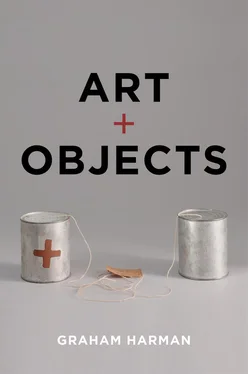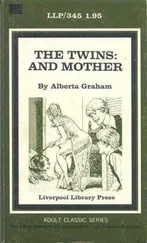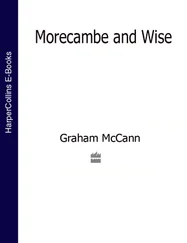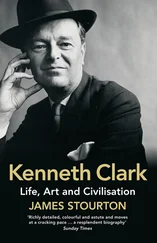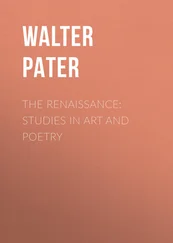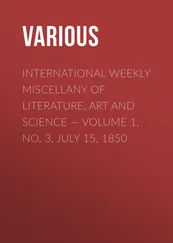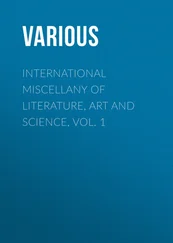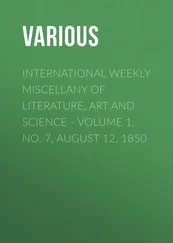At any rate, this is the point at which opponents of OOO generally complain about “negative theology,” by which they mean a gratuitous positing of mysterious hidden objects to which no access is possible. But our claim is not that no access is possible to the shadowy teacher with candle-qualities. Instead, we insist that one can allude to this personage: speaking of him or her indirectly or obliquely, rather than by literal paraphrase in terms of qualities. It is true that we can never attain knowledge of the candle-like teacher, since knowledge is always literal mastery of what a thing is made of or does, and we have no idea how to paraphrase a candle-teacher; in fact, we really know nothing more than its name. Here we broaden our point beyond metaphor and expand it to cover any art at all. The minimal negative condition for something to count as an artwork is that it cannot primarily be a form of knowledge, whether of the undermining or the overmining sort. This does not exclude the possibility that artworks might also communicate certain literal truths, but it does entail that anything that solely communicates such truths is not an artwork. We gain little from describing what an artwork is physically made of (undermining), and miss the point just as badly if we replace the work with a description of how it affects or is affected by its socio-political context (overmining). For if it is actually an artwork, then it must be a surplus capable of many other possible effects or even of none at all. An artwork, of no matter what genre, is unparaphraseable.
Art, then, is a cognitive activity without being a form of knowledge, which to repeat does not exclude the possibility that artists and beholders can also obtain knowledge from artworks as a kind of side-effect. 23It is perhaps more surprising that the same is true of philosophy. When Socrates and perhaps some earlier Pythagorean figures spoke of philosophia , or love of wisdom, they meant that actual knowledge was attainable only by a god and not by a human. There is no passage in Plato’s Dialogues in which Socrates claims to have attained knowledge, though there are several in which he openly declares that he knows nothing. His famous search for definitions of justice, love, friendship, and virtue always fail to obtain the desired definitions. Socrates is not just being ironic when he says that he has never been anyone’s teacher, or that the only thing he knows is that he knows nothing. This point has been forgotten largely due to philosophy’s jealous modern emulation of mathematical physics, today’s model of knowledge par excellence . Philosophy has aspired to be like science or deductive geometry in attaining knowledge, even though this is the exact opposite of its mission. After all, knowledge means the literal paraphrase of a thing by its qualities, and philosophy has more to do with objects than with qualities. This is the abiding sense in which philosophy is much closer to the arts than to the sciences, and the opposite assumption is the flawed central principle of analytic philosophy, for all its clarity and rigor.
Aesthetics is first philosophy because aesthetics relies on the non-literal character of its objects, by which I mean that they are unparaphraseable in terms of qualities. Knowledge always amounts to a downward or upward paraphrase, but art – like Socratic philosophy – is not a form of knowledge. That is why the relation between OOO and the arts is so strong, and it probably explains why artists and architects have responded to it even more warmly than other disciplines. For in both cases it is a question of withdrawn or inscrutable objects that need to be approached from the side rather than head-on. The reader now has enough background in object-oriented philosophy to be able to follow its theory of art. Given the importance for us of the debate between formalism and anti-formalism, we turn to the godfather of formalism in aesthetics and everywhere else: Immanuel Kant.
1 1. David Hume, A Treatise of Human Nature.
2 2. Jaako Hintikka, “Cogito, ergo sum: Inference or Performance?”
3 3. Franz Brentano, Psychology from an Empirical Standpoint.
4 4. A good overview can be found in Barry Smith, Austrian Philosophy.
5 5. Kasimir Twardowski, On the Content and Object of Presentations.
6 6. Edmund Husserl, “Intentional Objects.”
7 7. Franz Brentano, On the Several Senses of Being in Aristotle.
8 8. Martin Heidegger, Towards the Definition of Philosophy.
9 9. Martin Heidegger, Being and Time.
10 10. The most widely read account of this sort is Hubert Dreyfus, Being-in-the-World.
11 11. George Berkeley, Treatise Concerning the Principles of Human Knowledge; Maurice Merleau-Ponty, Phenomenology of Perception, p. 79 (his actual example is a house, not a mountain).
12 12. Martin Heidegger, Kant and the Problem of Metaphysics, pp. 251–252.
13 13. Graham Harman, Tool-Being, Heidegger Explained.
14 14. Hume, A Treatise of Human Nature.
15 15. Edmund Husserl, Logical Investigations.
16 16. G.W. Leibniz, “Principles of Philosophy, or, the Monadology,” §8, p. 214.
17 17. For another discussion of the aesthetics of causation, see Timothy Morton, Realist Magic.
18 18. Dave Hickey, The Invisible Dragon, Kindle edn., location 163 of 1418.
19 19. José Ortega y Gasset, “An Essay in Esthetics by Way of a Preface.”
20 20. See Graham Harman, Guerrilla Metaphysics, pp. 102–110; Graham Harman, Object-Oriented Ontology, ch. 2.
21 21. The poem, whose author is listed as “unknown,” can be found on the popular Pinterest website at https://www.pinterest.com/pin/507992032940257456/?lp=true
22 22. This is another way to account for the difference between Kripke’s theory of names (non-literalist) and those of Frege, Russell, and others (literalist). See Saul Kripke, Naming and Necessity.
23 23. For an unusually haunting meditation on the gap between art and knowledge, see Emmanuel Levinas, “Reality and its Shadow.”
Конец ознакомительного фрагмента.
Текст предоставлен ООО «ЛитРес».
Прочитайте эту книгу целиком, на ЛитРес.
Безопасно оплатить книгу можно банковской картой Visa, MasterCard, Maestro, со счета мобильного телефона, с платежного терминала, в салоне МТС или Связной, через PayPal, WebMoney, Яндекс.Деньги, QIWI Кошелек, бонусными картами или другим удобным Вам способом.
